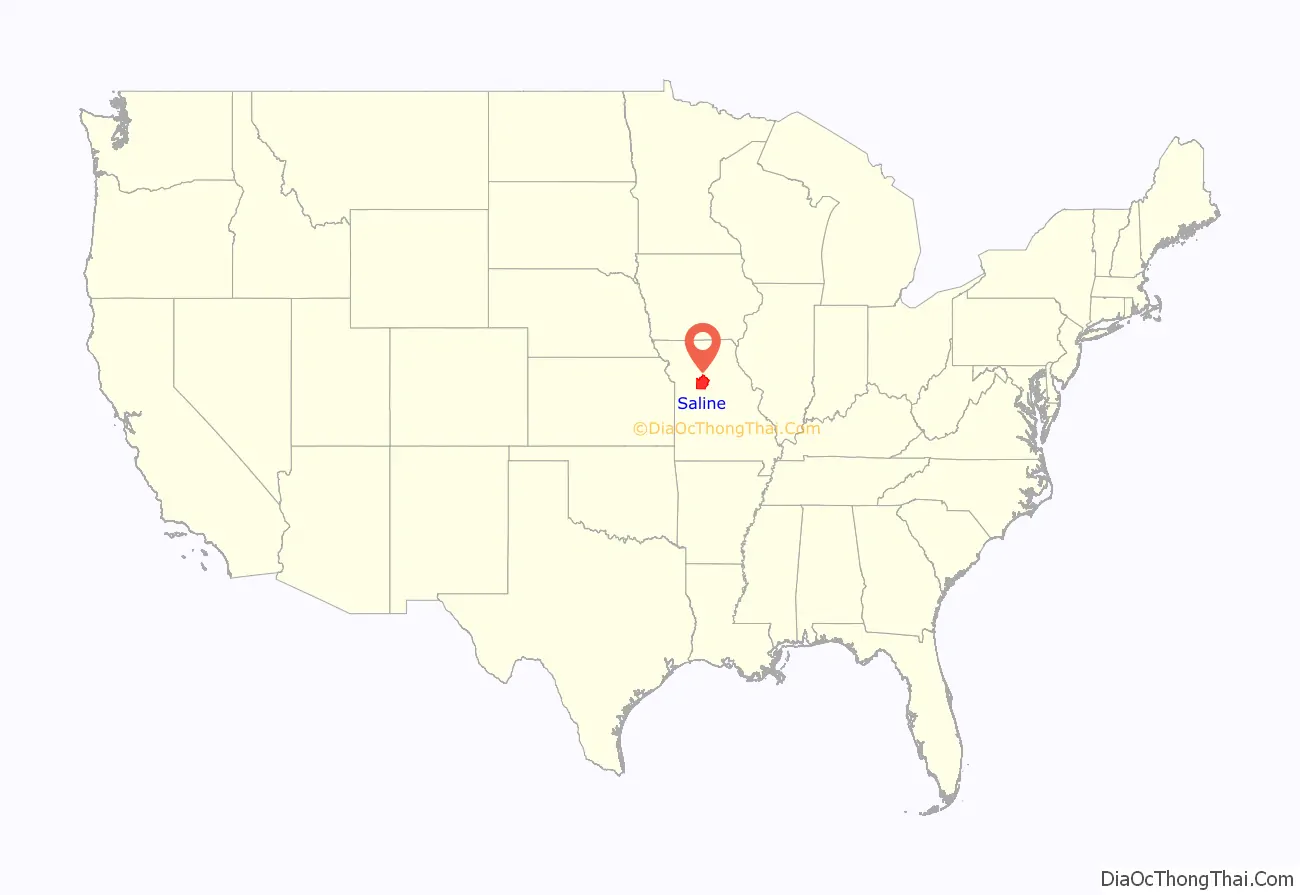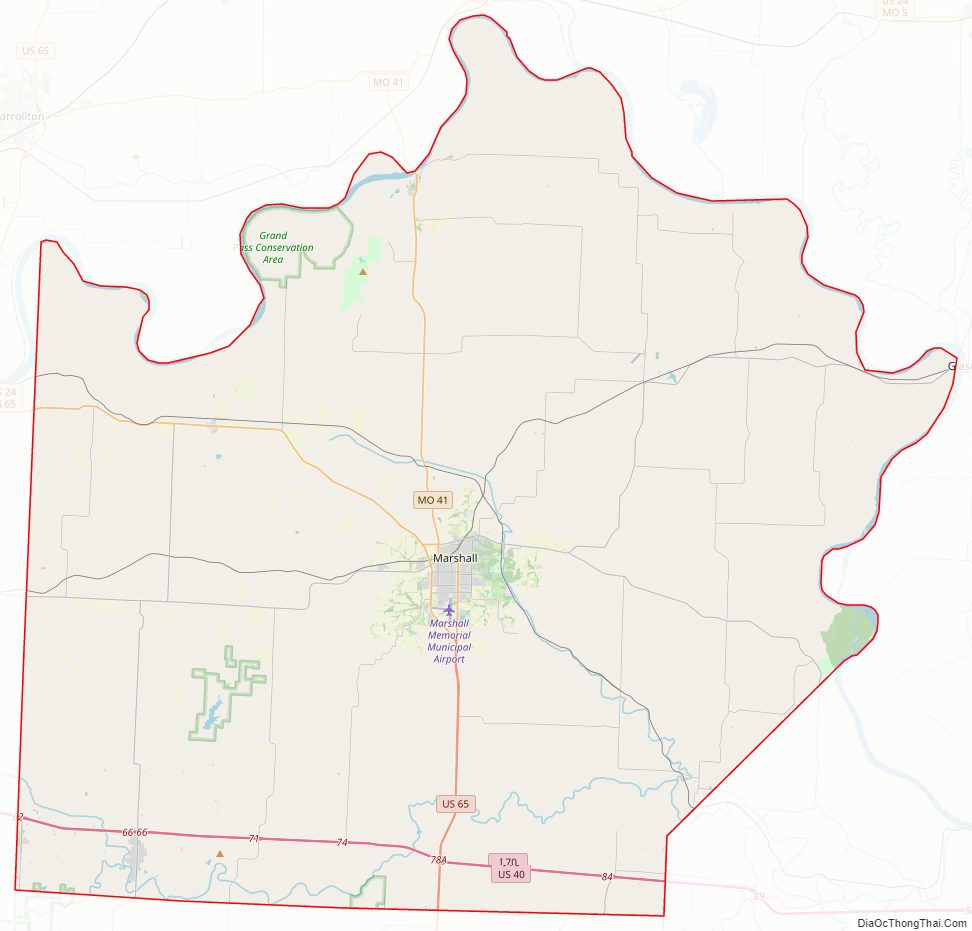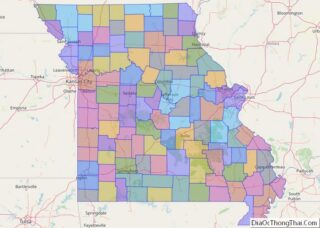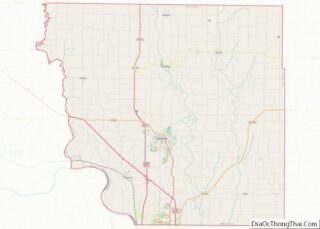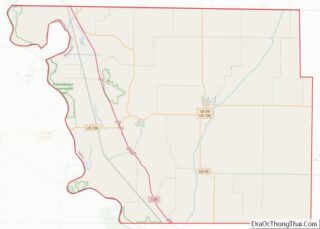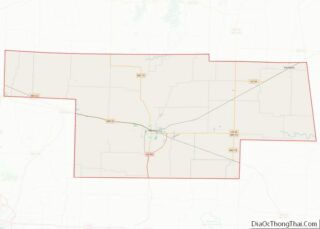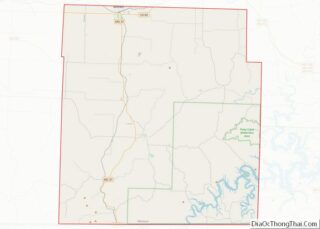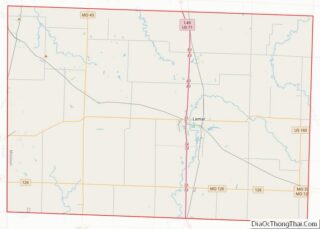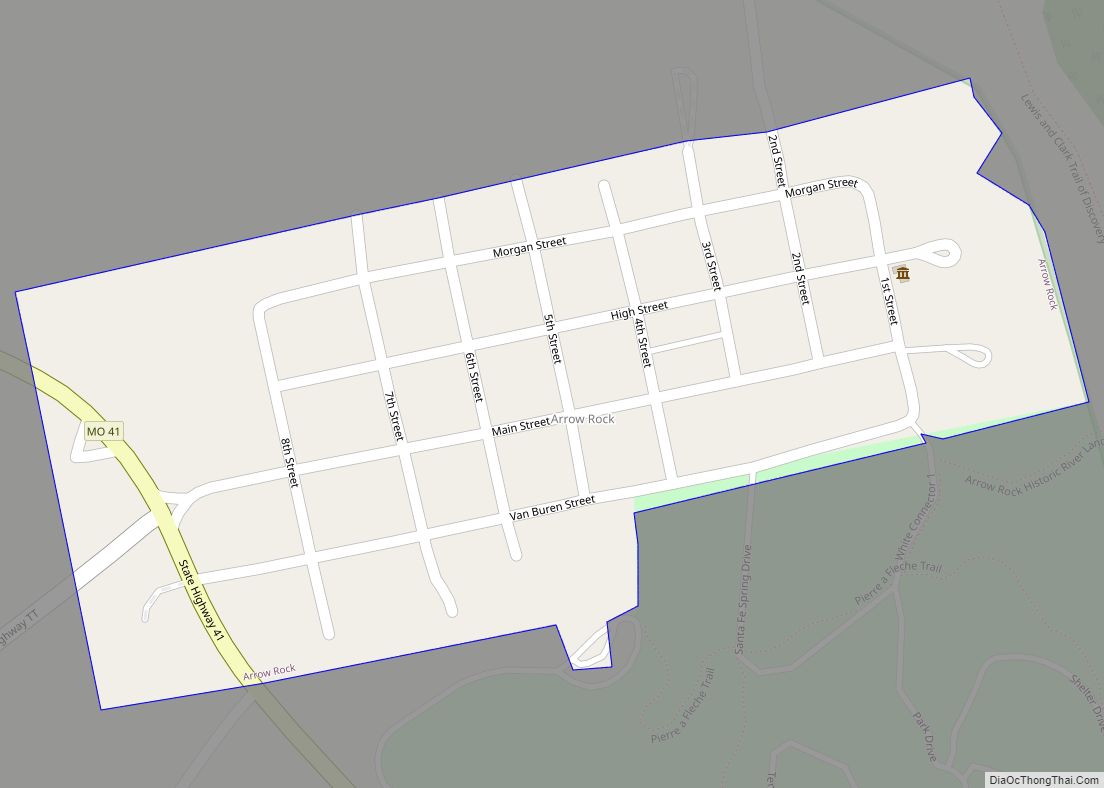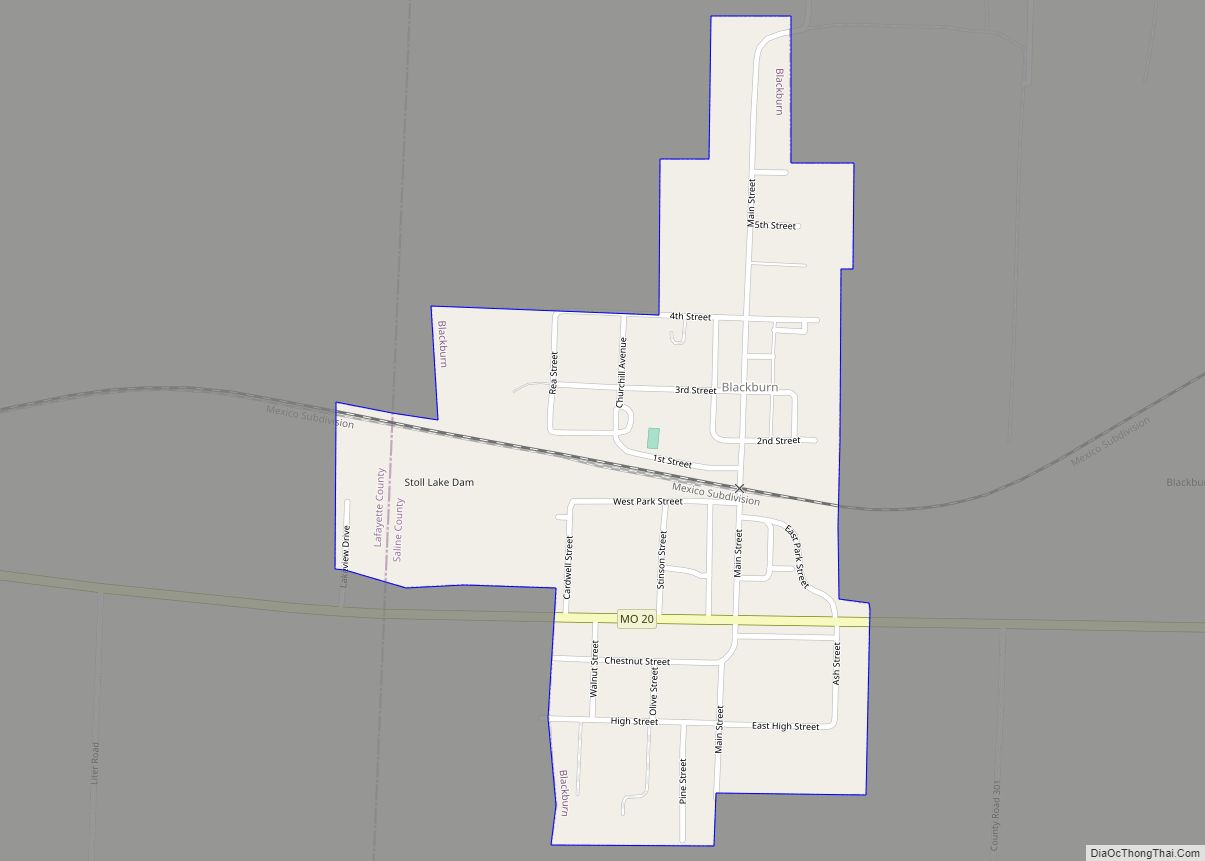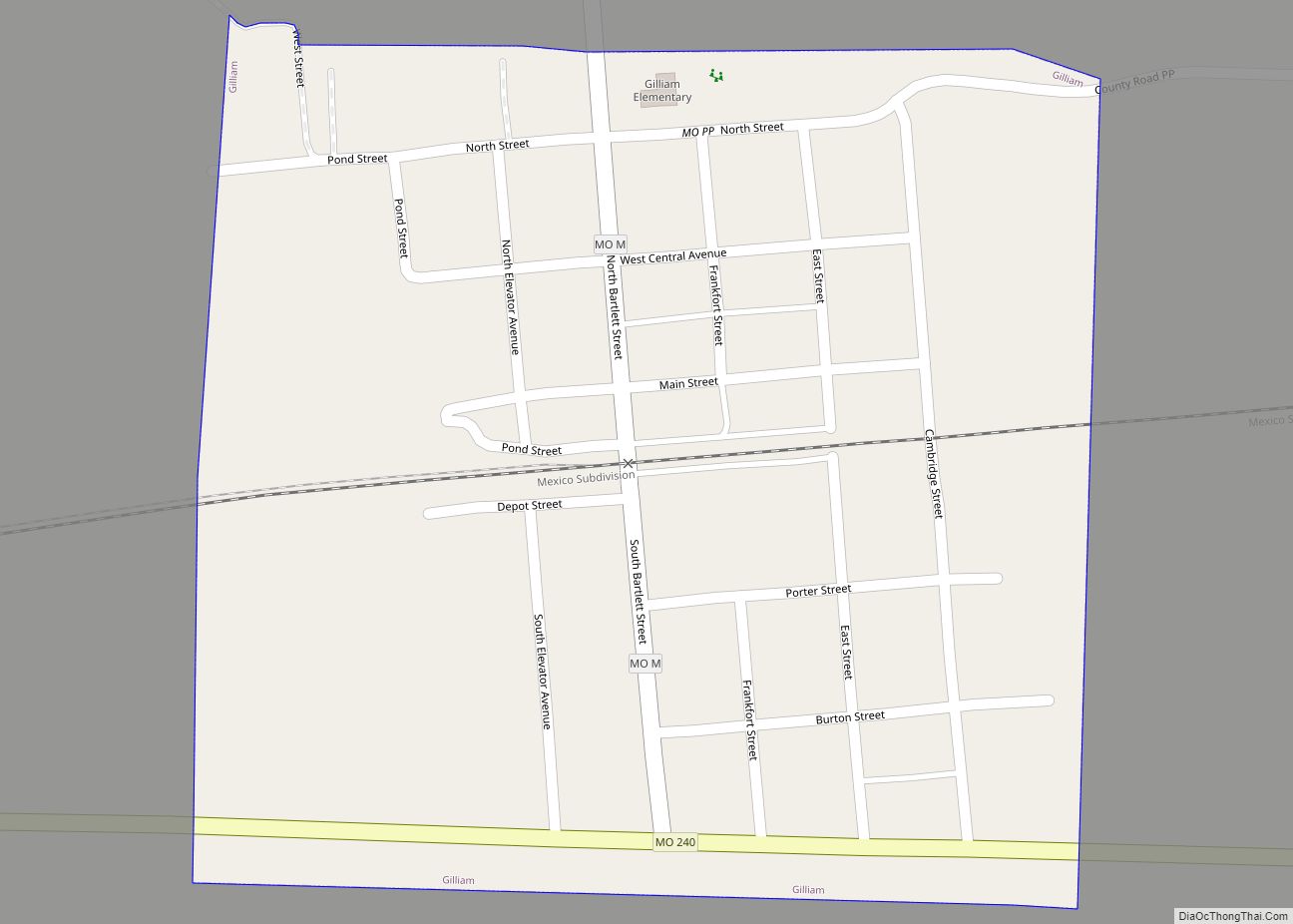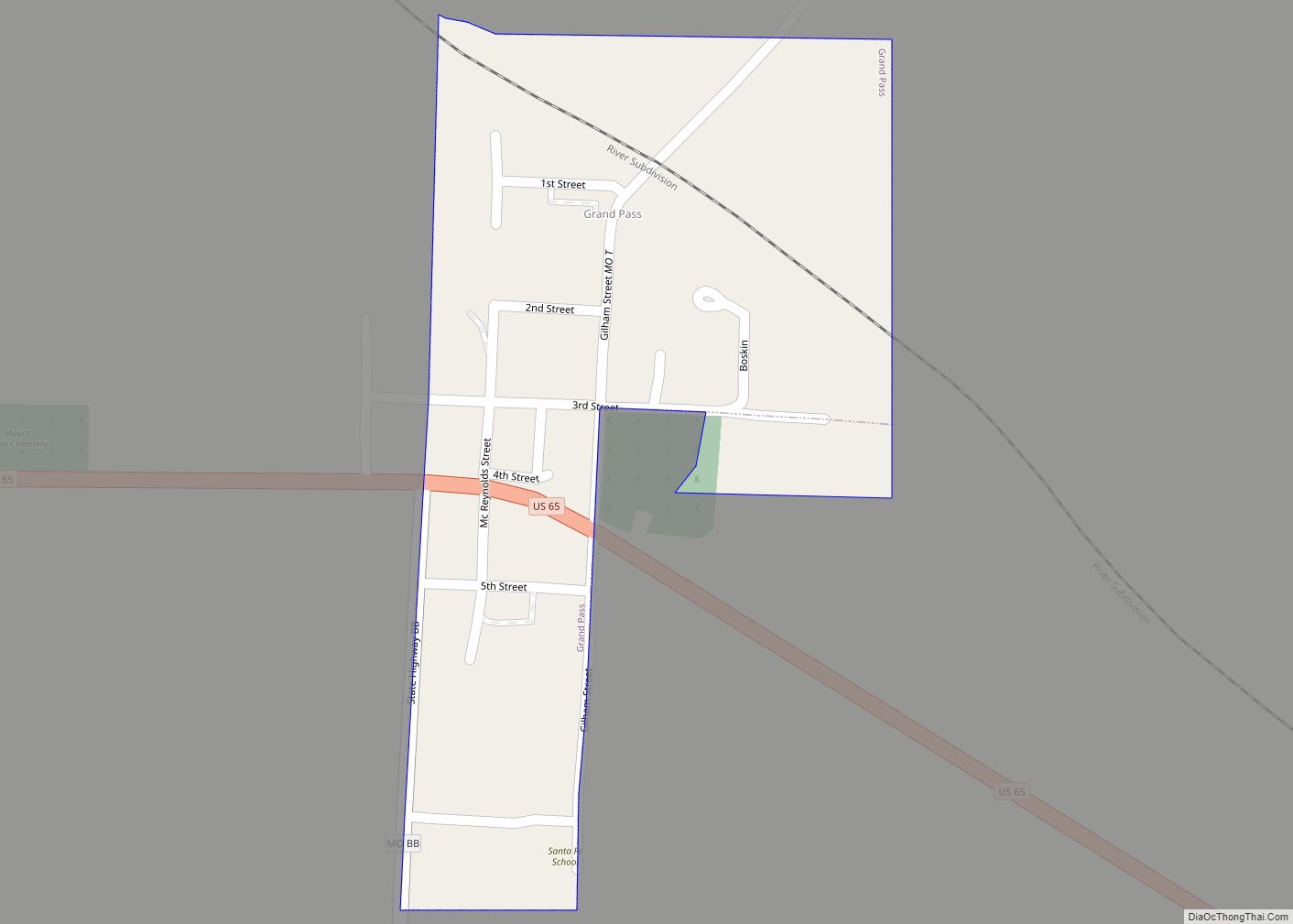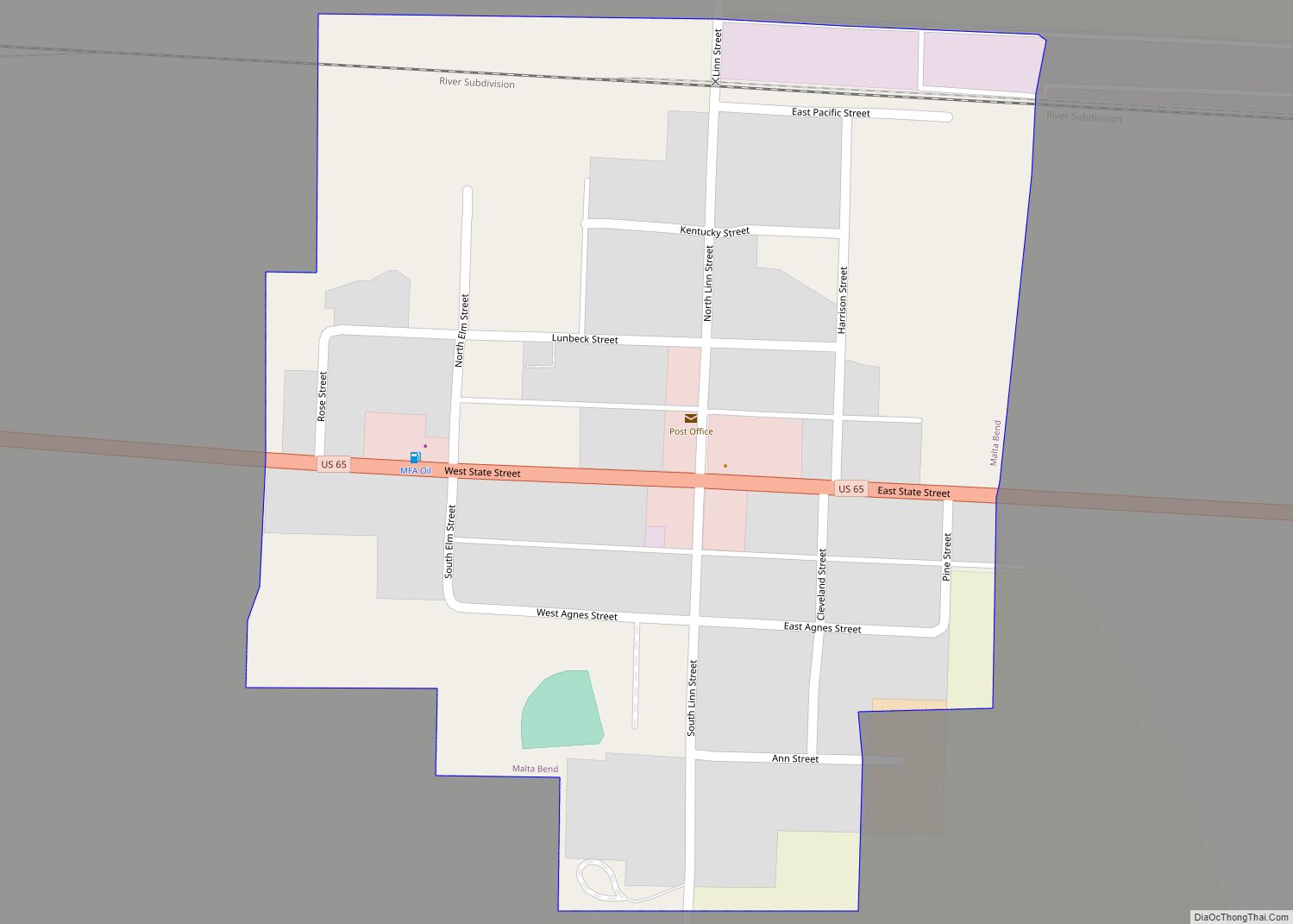Saline County is located along the Missouri River in the U.S. state of Missouri. As of the 2010 census, the population was 23,370. Its county seat is Marshall. The county was established November 25, 1820, and named for the region’s salt springs.
Settled primarily by migrants from the Upper South during the nineteenth century, this county was in the region bordering the Missouri River known as “Little Dixie”. In the antebellum years, it had many plantations operated with the forced labor of enslaved workers. One-third of the county population was African American at the start of the American Civil War, but their proportion of the residents has declined dramatically to little more than five percent.
Saline County comprises the Marshall, Missouri Micropolitan Statistical Area.
| Name: | Saline County |
|---|---|
| FIPS code: | 29-195 |
| State: | Missouri |
| Founded: | November 25, 1820 |
| Named for: | The salt springs in the region |
| Seat: | Marshall |
| Largest city: | Marshall |
| Total Area: | 767 sq mi (1,990 km²) |
| Land Area: | 756 sq mi (1,960 km²) |
| Total Population: | 23,370 |
| Population Density: | 30/sq mi (12/km²) |
| Time zone: | UTC−6 (Central) |
| Summer Time Zone (DST): | UTC−5 (CDT) |
| Website: | www.salinecountymo.org |
Saline County location map. Where is Saline County?
History
Saline County was occupied for thousands of years by succeeding cultures of Missouri Native Americans. Saline County was organized by European-American settlers on November 25, 1820, and was named from the salinity of the springs found in the region. After periods of conflict as settlers competed for resources and encroached on their territory, the local Native Americans, including the Osage nation, were forced by the U.S. government to move to reservations in Indian Territory, first in Kansas and then in Oklahoma.
Saline County was among several along the Missouri River that were settled primarily by migrants from the Upper South states of Kentucky, Tennessee and Virginia. The settlers quickly started cultivating crops similar to those in Middle Tennessee and Kentucky: hemp and tobacco; they had brought enslaved people with them to central Missouri, or purchased them from slave traders. These counties settled by southerners became known as “Little Dixie.” By the time of the Civil War, one-third of the county population was African American; most of them were enslaved laborers on major plantations, particularly for labor-intensive tobacco cultivation. In 1847 the state legislature had prohibited any African Americans from being educated.
After the war, freedmen and other residents had a hunger for education. The state’s new constitution established public education for all citizens for the first time. It was segregated, in keeping with local custom. Each township with 20 or more African-American students were supposed to establish a school for them, but rural areas lagged in the number of schools and jurisdictions underfunded those for blacks. By the early 20th century, Saline County had eighteen schools for black students. The remaining black schools from the Jim Crow era have been studied by the State Historic Preservation Office and many are being nominated to the National Register of Historic Places.
Saline County Road Map
Geography
According to the U.S. Census Bureau, the county has a total area of 767 square miles (1,990 km), of which 756 square miles (1,960 km) is land and 11 square miles (28 km) (1.5%) is water. It is located along the Missouri River.
Adjacent counties
- Carroll County (northwest)
- Chariton County (northeast)
- Howard County (east)
- Cooper County (southeast)
- Pettis County (south)
- Lafayette County (west)
Major highways
- Interstate 70
- U.S. Route 40
- U.S. Route 65
- Route 20
- Route 41
- Route 127
- Route 240
National protected area
- Big Muddy National Fish and Wildlife Refuge (part)
